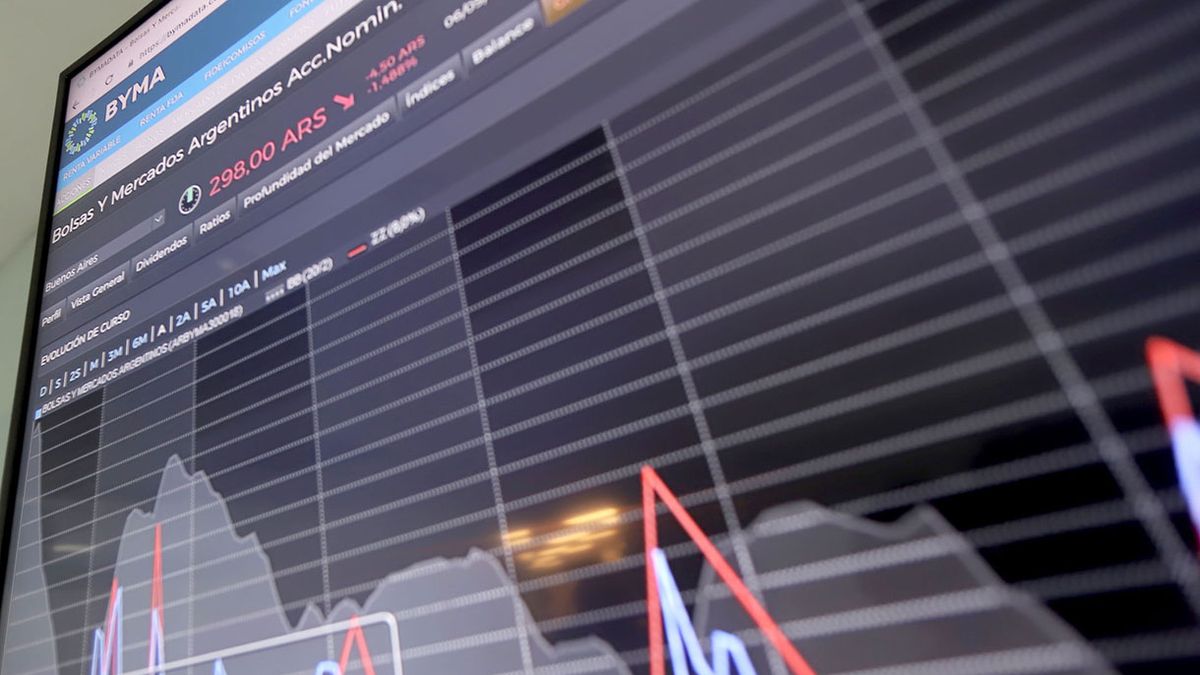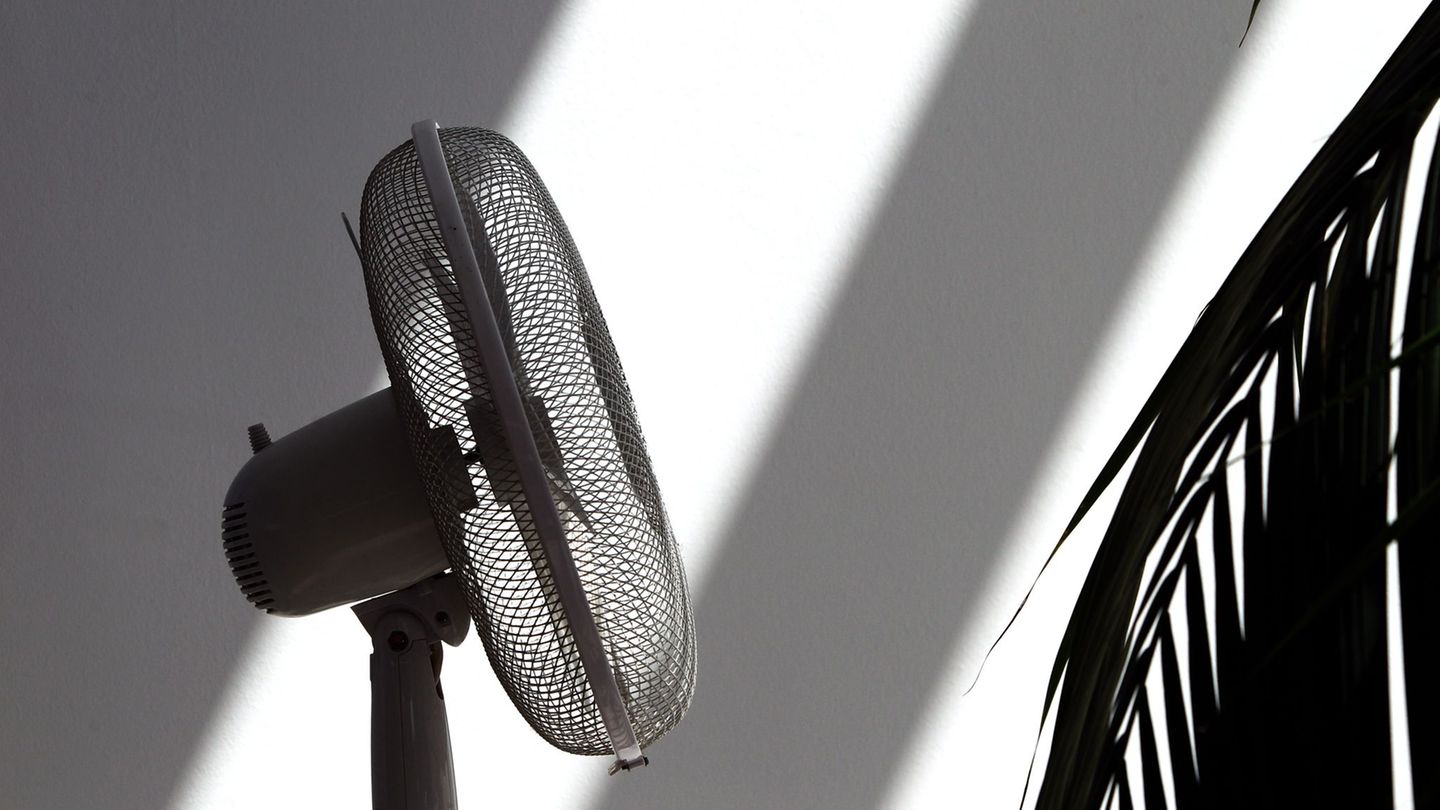Dollar bonds have registered losses of up to 11% so far in September. Since August, sovereign debt in foreign currency began to decline. After the PASO it became evident that a change of course in the national administration is possible and in fact, there is the possibility that a force that could unsettle the market governs. This is why more than one investor will wonder Whether it’s time to buy, hold or sell.
So far this month, the biggest losses have been recorded the Global 2041 (-11%), the Bonar 2038 (-9.8%), and the Global 2030 (-9.5%). However, so far in 2023, they have registered increases of up to 29.5% by Bonar 2030, Global 2029 (+27.3%), and Global 2030 (+26.7%).
In its September recommendations, PPI recommended that those seeking to have a “conservative” portfolio of maintain only 10% of sovereign bonds in dollars and thus reduce exposure to the country. “Logically, it is more defensive in a negative scenario,” they said. While the “aggressive” increases that percentage to 35%. Here greater exposure is sought to more volatile instruments, but with higher potential upside in the event of an optimistic forward scenario.
For this broker, The main objective is to take advantage of the risk/return ratio in the face of a potential change of administration in 2023. “Debt in dollars suffered the electoral surprise in August, reflecting drops of up to 4% along the curve. The weighted average price of the Globals closed August at US$32.09 compared to US$34.26 on Friday before -STEP yu$s33.34 at the end of July,” they explained in a report.
For PPI, Global 2038 “works as a defensive vehicle thanks to the old indenture that offers better legal clauses for the bondholder”. Meanwhile, they explained that “last month’s proposed trade suggesting the incorporation of Global 2046 was practically neutral in the face of the reduction of Global 2035 and Global 2038 in equal parts. We did not make changes to the exposure of sovereign bonds.”
From IEB for the fixed income portfolio, they warned in their recommendations that “given the macroeconomic situation, and with financial dollars showing some stability in recent days, We maintain our preference for allocating 63% of the portfolio to dollar instruments and the remaining 37% in assets in pesos”.
Regarding dollar assets, “we continue reducing the proportion of the Bonar 2030 bond in the portfolio by 4%, since we see it advisable to moderate the position in this instrument for the short term given the current parity levels that revolve around 31%. However, if you have a long-term investment horizon, it still continues to show upside potential, and given the regulations in force, “We believe that it continues to be an attractive dollarization instrument”.
Besides, Bonar 2030, which had reached US$35 at the end of August, falls to US$31which implies for this report that “it once again offers a good entry point for those who, with a long-term perspective, bet on the country returning to a path of stability after the change of government.” Regarding the spread of jurisdictions of this title with respect to its Ley NY peer, it is around 16%, levels that have been maintained since the end of August. It should be remembered that the historical average of said spread is 12.3%.
“We believe that this sharp decline in sovereign bond parities may offer a good entry point, although volatility will continue to be high throughout this year and even better points could be found. We continue to have a preference for Bonar 2030, which appears to be the most defensive title against adverse scenarios. and offers the greatest upside potential in the most constructive scenarios,” they concluded from IEB.
Finally, from Cohen, Juan Pedro Mazza, Fixed Income strategist, in his recommendations for this month said: “Within the universe of hard-dollar sovereign bonds, We recommend selling positions and/or rotating them towards Global 2038. Although bonds continue to discount extremely pessimistic scenarios, today it is more difficult for us to rule them out. We prioritize Global 2038 as it is the best defensive alternative. The 2038 bond is New York law, it has a better legal indenture (that of 2005, more demanding in the majority necessary to restructure it) and offers the highest current interest on the curve at 5.4%.
However, he explained that it opens an opportunity to take profits and reduce exposure to Argentine sovereign risk. Simultaneously, they also recommended rotating the portfolio in favor of more defensive instruments that offer better protection in pessimistic scenarios.
Source: Ambito
I am a 24-year-old writer and journalist who has been working in the news industry for the past two years. I write primarily about market news, so if you’re looking for insights into what’s going on in the stock market or economic indicators, you’ve come to the right place. I also dabble in writing articles on lifestyle trends and pop culture news.




